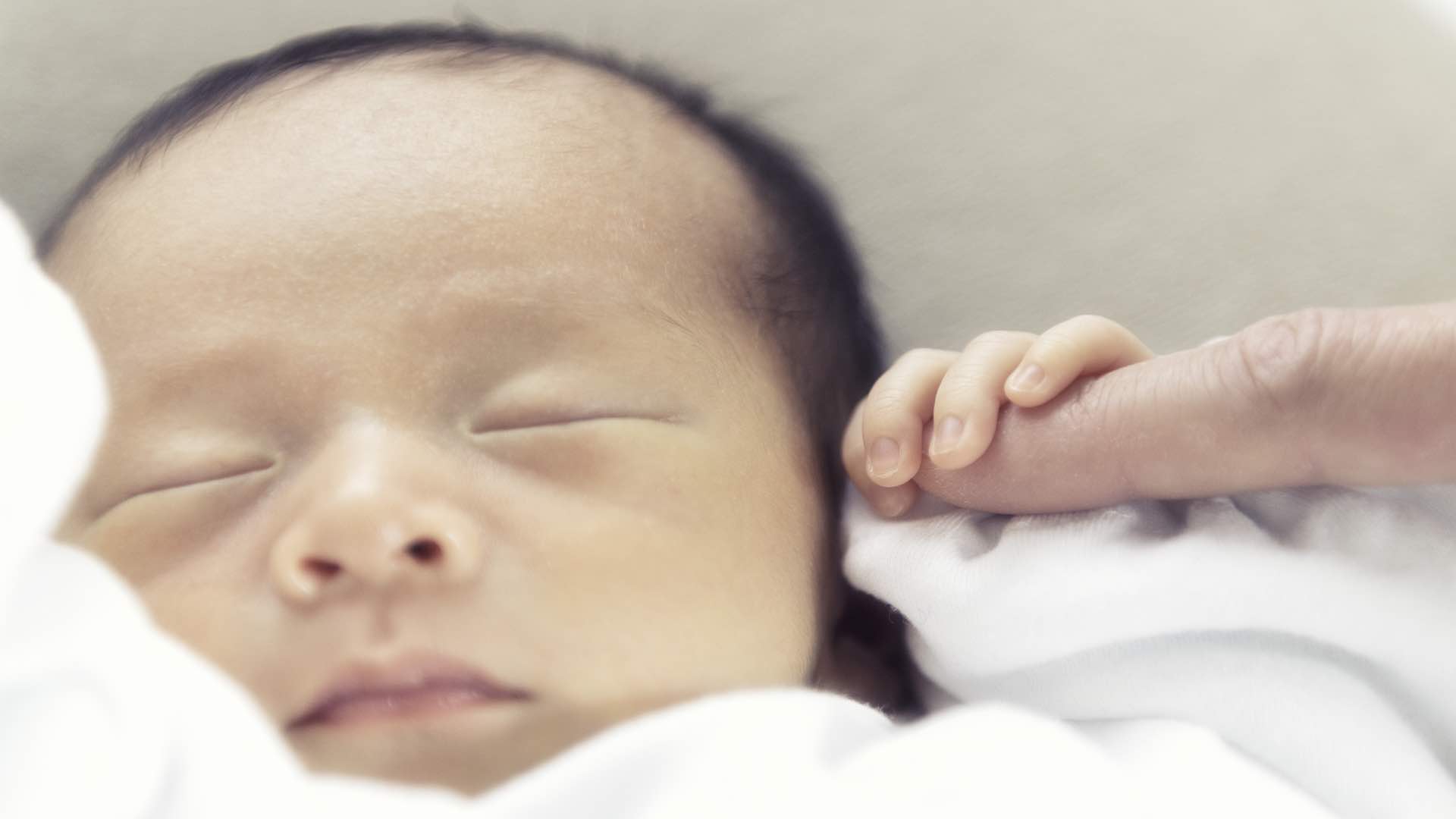Japan enacts child care law to address declining birthrate crisis
In a decisive move to counteract Japan’s plummeting birthrate, the parliament has passed a law designed to enhance child care support through increased allowances and expanded parental leave. This legislation is a key part of the government’s strategy to more fairly distribute the costs of raising children.

Effective fiscal 2026, the law introduces a new funding mechanism financed by higher monthly health insurance premiums. This action comes in response to the record-low number of births in 2023, highlighting the demographic challenges facing the country. The government aims to generate 600 billion yen ($4 billion) initially, with the amount rising to 1 trillion yen by fiscal 2028. Contributions will vary based on income and public medical insurance, with monthly increases ranging from 50 yen to 1,650 yen per person.
Prime Minister Fumio Kishida has emphasized the critical nature of the years leading up to 2030 in reversing the birthrate decline, which is often attributed to delayed marriages and financial difficulties. The new law is intended to provide more robust support for families and ensure a fairer distribution of child-rearing costs across society.
The legislation extends child allowance coverage from age 15 to age 18 and eliminates income limits for parents and guardians. Additionally, the monthly allowance for a third or subsequent child will be increased to 30,000 yen starting in October. The law also expands benefits for parents on child care leave and broadens access to daycare services, making them available irrespective of parental employment status.
To address regional disparities, the law includes provisions for public support of “young carers,” children who routinely care for family members. This measure aims to provide uniform assistance throughout the country. Japan’s birthrate has been in continuous decline, with only 758,631 births recorded in 2023, a 5.1 percent decrease from the previous year.
This marks the second year in a row that the annual birthrate has fallen below 800,000. The new law represents a comprehensive effort to tackle this trend and support families, reflecting the government’s commitment to addressing the nation’s demographic challenges.
